In the depths of winter plants which provide structure, colour and fragrance in a garden are especially welcome. Here are a few easy plants which will offer much, if not all, of that.
It isn’t just leaves and flowers that add colour to the garden – stems can do it too and those of shrubby Cornus (commonly known as ‘dogwoods’) do it in style. Depending on the variety, at this time of year their upright stems provide a stunningly vivid display of dark red, orange, limey green or dark bronze-black, from leaf fall right through the winter.
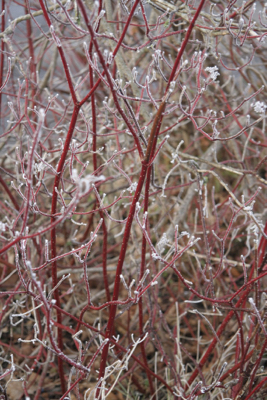
For maximum impact, go for a group planting of 3 or more and they will look truly spectacular in an open spot where they will literally light up when the winter sun hits them.
Although you could argue its star turn is in winter, Cornus alba ‘Aurea’ also produces small white flowers in spring followed by white berries in autumn and its golden yellow leaves turn red and orange in Autumn.
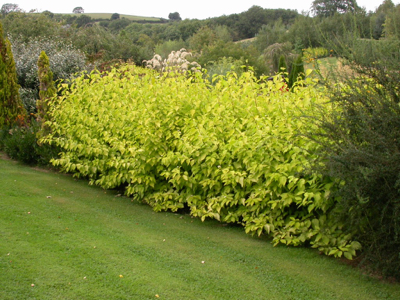
So basically it’s a great plant for interest pretty much all year round. It isn’t fussy about soil, but will do best in moist soil and is a useful plant for wet areas of the garden.
Top tip: Prune hard to 30-40cm above ground in early spring to prevent the shrub getting too large and to rejuvenate it so that fresh coloured stems grow each year.
Hamamelis or ‘witch hazel’ is definitely a wonder in winter when the bare branches are covered in clusters of sweetly scented yellow, orange or red spidery flowers. Plant it on a woodland edge, or in winter border alongside a path, where its fragrance can be appreciated and you can cut the flowering twigs and bring them indoors to perfume your house in winter.
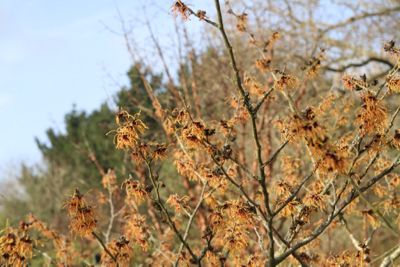
This large spreading shrub/small tree grows (slowly!) up to around 4m in height and spread, so give it plenty of space to expand in time. Hamamelis prefer a moist, well-drained neutral to acid soil in sun or partial shade.
Helleborus sternii is a very attractive evergreen perennial with pretty creamy-pink-green flowers that will brighten up a winter woodland or shady border from January to March.
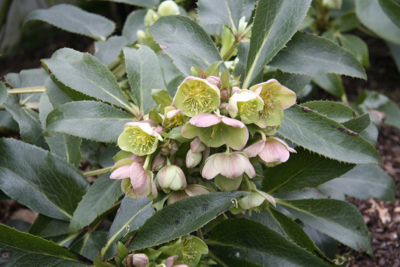
Standing about 30cm tall it has glossy, prickly-edged leaves and provides architectural shape in the border all year round, so it’s a great plant if you want some attractive evergreen structure at a low level or to grow under trees and shrubs. It’s also ideal to plant in a raised flower bed, where the flowers can be seen more easily. Helleborus sternii likes a neutral to alkaline soil in sun or partial shade and will benefit from a mulch of well rotted organic matter in autumn. Most hellebores are very hardy, but this variety may need a bit of shelter from cold winter winds.
Phyllostachys Aurea is a tall, strongly upright growing bamboo that’s great for hedging and screening, but also makes a very elegant specimen plant whose stems when mature can add a wonderful splash of golden colour to your winter garden.
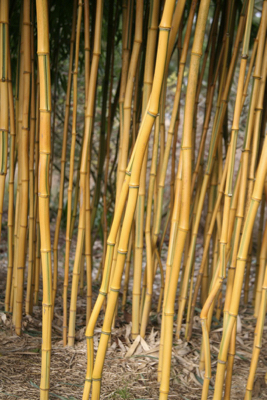
For maximum impact, plant in full sun and prune the lower side shoots away to reveal the canes in all their glory. If you’re not too keen on the yellow colour, opt instead for Phyllostachys nigra which has very attractive black shoots. Plant in moist, well drained soil in sun or partial shade, and protect from cold, drying winds. Top tip: if you don’t want to find this plant running amok through your garden (and the garden next door!) surround the roots with a non-perishable barrier that will restrict the plant’s spread. You have been warned!!
Mahonia x media ‘Charity’ is a tall, imposing and highly architectural plant that will add year round structure and winter interest to a shady area of the garden. Despite its large size and prickly leaves, this plant has one of the most delicious and delicate of scents, very like that of Lily of the Valley, which makes a wonderful surprise in the winter.
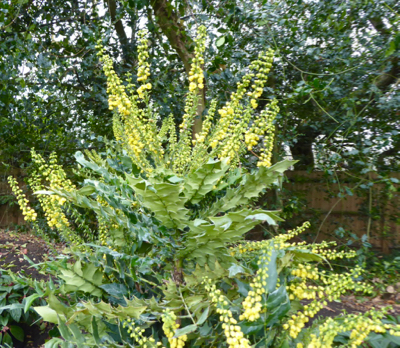
The spikes of fragrant pale yellow flowers are held above rosettes of large dark green, holly-like leaves from November to March and provide a valuable source of nectar for pollinating insects in winter while the blue/black berries that follow will attract birds into your garden. This hardy shrub will be happy in a moderately fertile moist or well drained soil.
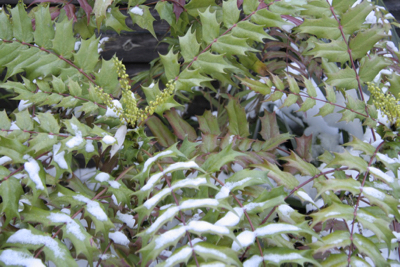
You can also find more plants for winter interest in my previous blogs:
5 essential … plants for winter seedheads
5 essential … small evergreen plants
Photos: Janet Bligh

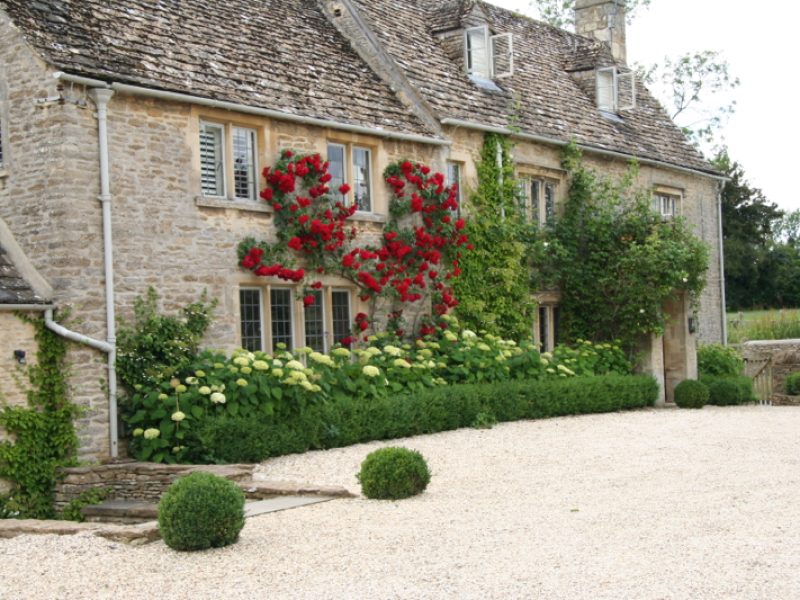
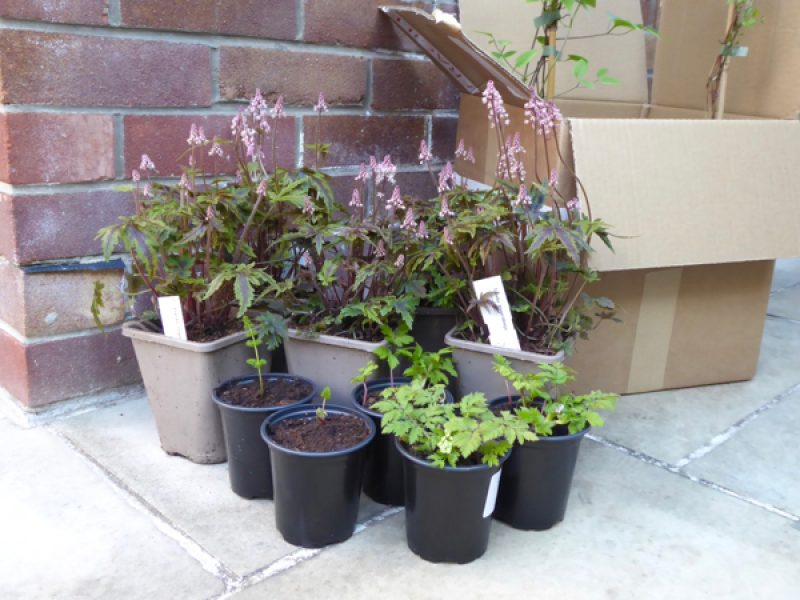
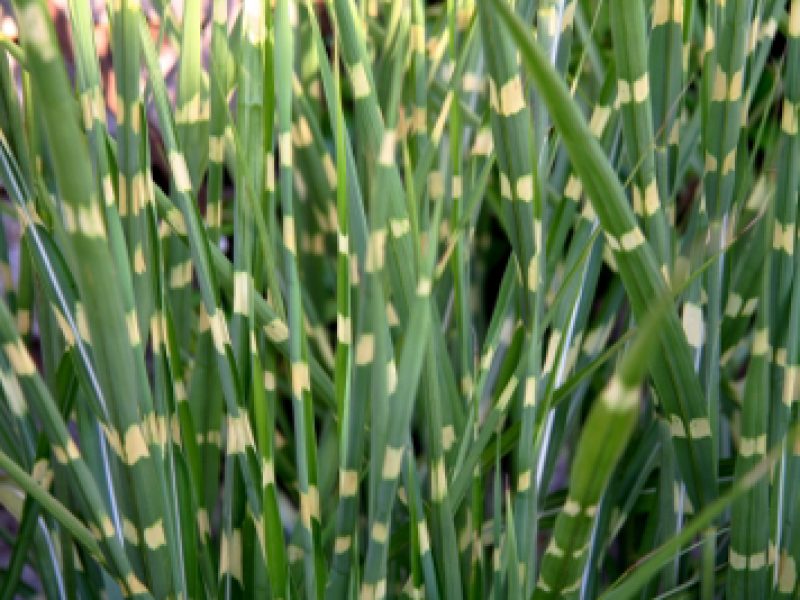
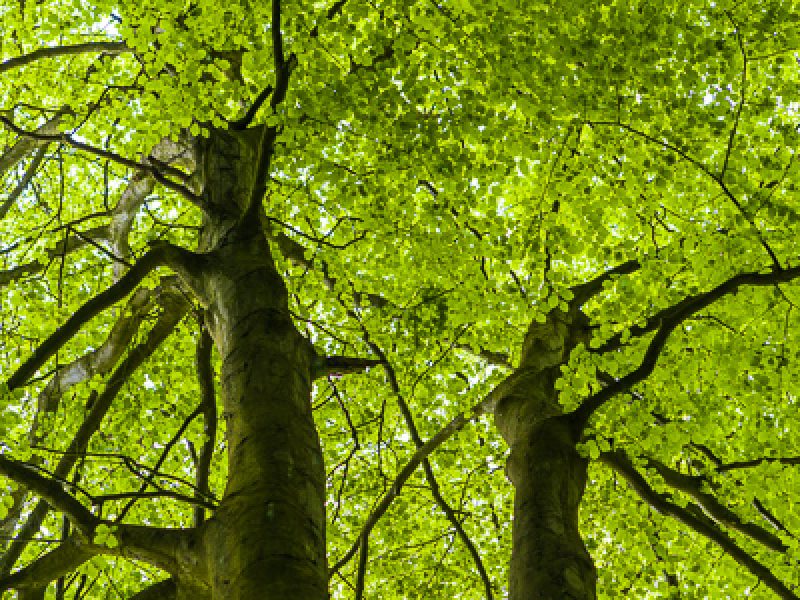
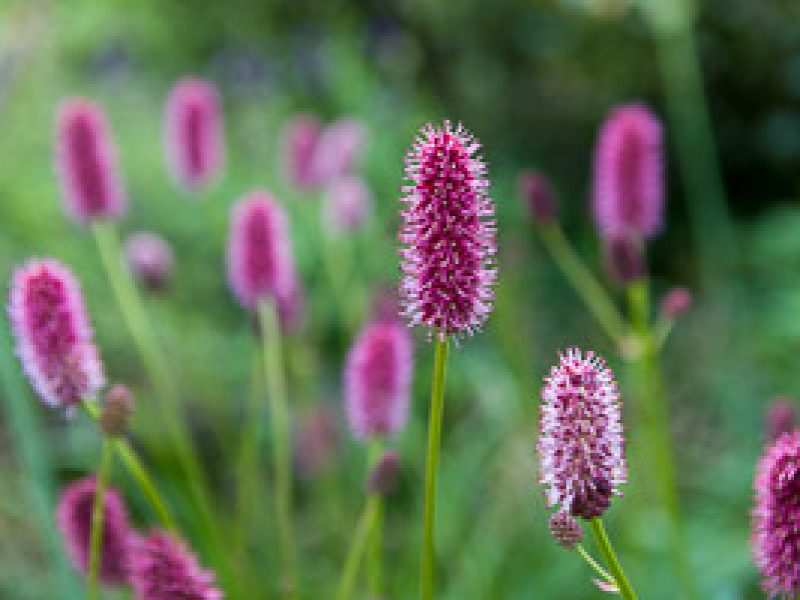
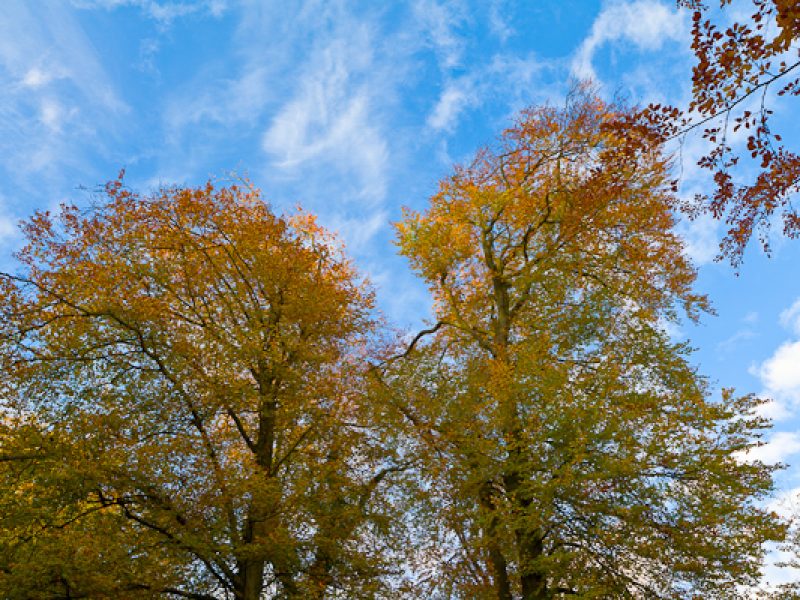
Ha! I just wrote about how mundane our autumn color is because we do not get the harsh weather that almost everyone else gets! One of the ancestors of the dogwood grows in riparian areas here, but neither colors well, nor has a nice backdrop of snow to show off the color. They just turn sort of rusty brown against the muddy riverbank. I do not think that I would like cold weather, but it would be fun to see it . . . once.